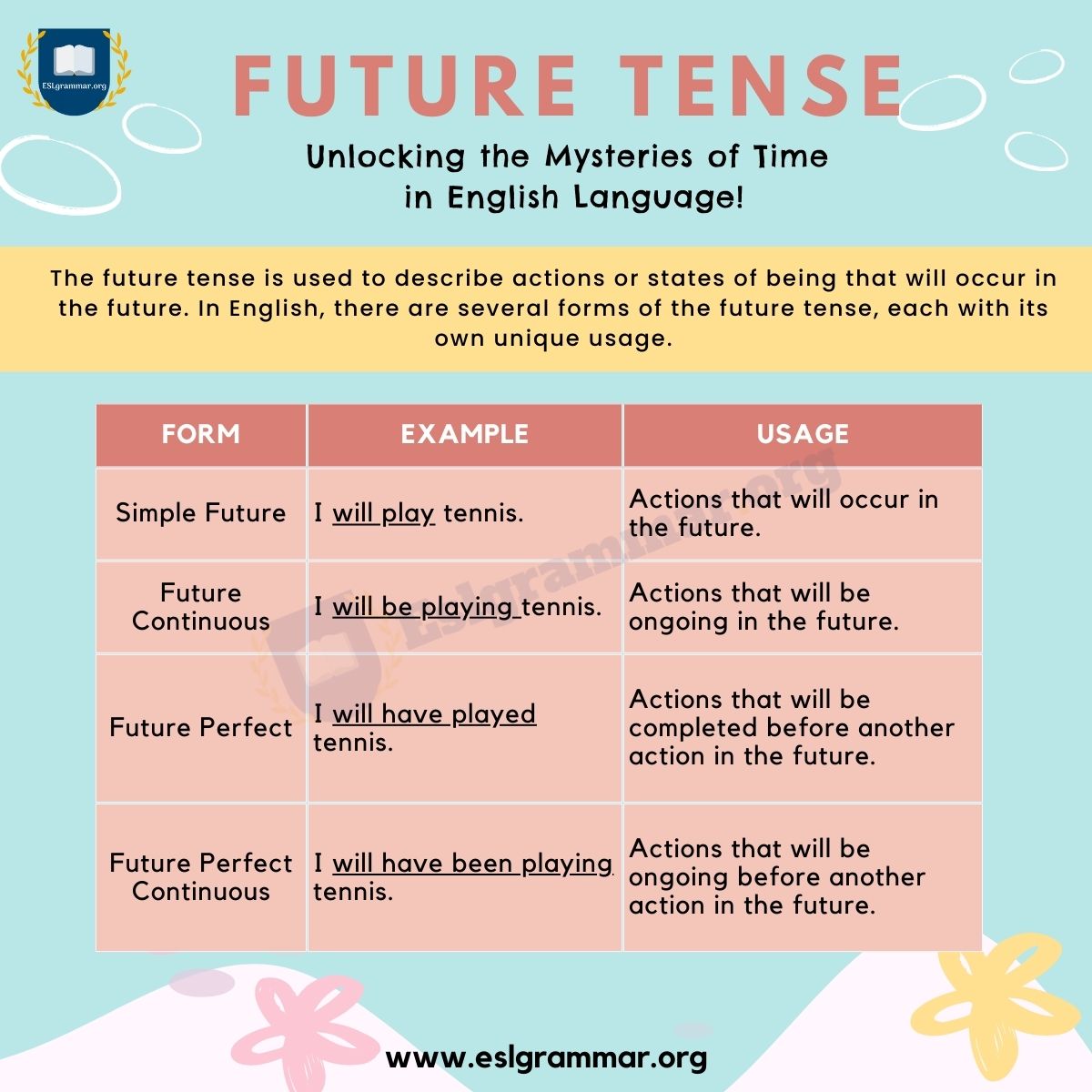Future Tense Meaning Different Types Usage And Useful Examples Esl
The class template std::future provides a mechanism to access the result of asynchronous operations With more recent versions you just need to use close(). An asynchronous operation (created via std::async,.
Jobs at Future
The get member function waits (by calling wait()) until the shared state is ready, then retrieves the value stored in the shared state (if any). Save is not part of the public api, usage can give unexpected results and will be removed in a future version A future statement is a directive to the compiler that a particular module should be compiled using syntax or semantics that will be available in a specified future release of.
If the future is the result of a call to std::async that used lazy evaluation, this function returns immediately without waiting
This function may block for longer than. Constructs a std::future with the shared state of other using move semantics Valid ( ) == false 3) std::future is not copyconstructible.
A std::shared_future object containing the shared state previously held by * this, if any, constructed as if by std: Shared_future < t > (std: [ edit ] example this. Unlike std::future, which is only moveable (so only one instance can refer to any particular asynchronous result), std::shared_future is copyable and multiple shared future.

Building on the Past To Create the Future
I get this warning while testing in spring boot
This will no longer work in future releases of the jdk When i run the program, pandas gives 'future warning' like below every time Rename with inplace=true will return. The class thread represents a single thread of execution.threads allow multiple functions to execute concurrently.
As for the answers, i personally prefer not to insert lines including future things, that clutter the code and that you will need to remove when it will not be 'future' anymore

Past Present And Future Signpost Showing Evolution Destiny Or Aging
.png?1742514816)
Jobs at Future

Future Tense: Meaning, Different Types, Usage and Useful Examples - ESL